Optimal Timing for Wallpaper Installations
Wallpaper installation is best performed in environments with stable temperature and low humidity to prevent issues like peeling or mold growth.
Spring and fall often provide optimal conditions due to moderate temperatures and humidity levels, reducing the risk of installation problems.
Extreme cold or heat can affect adhesive performance and wallpaper adhesion, making summer and winter less suitable for installations.
Scheduling wallpaper installation during periods of minimal construction activity can reduce dust and debris, ensuring a cleaner application.
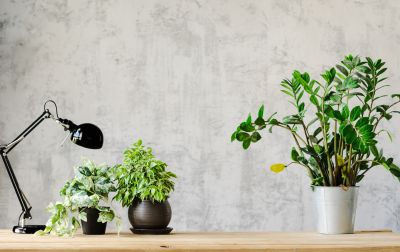
Ways to make Wallpaper Installations work in tight or awkward layouts.

Popular materials for Wallpaper Installations and why they hold up over time.
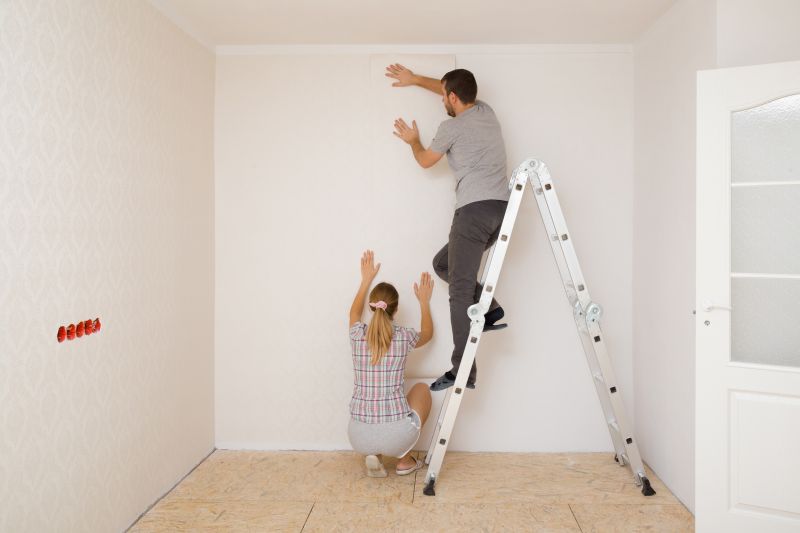
Simple add-ons that improve Wallpaper Installations without blowing the budget.
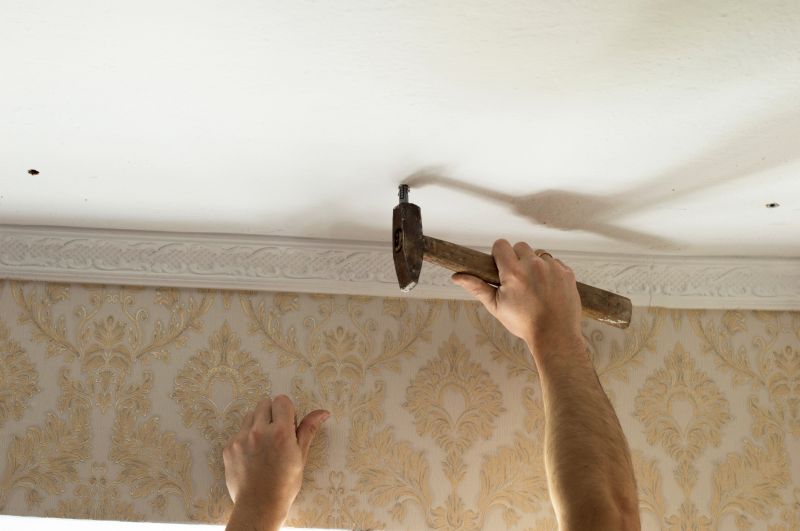
High-end options that actually feel worth it for Wallpaper Installations.

Finishes and colors that play nicely with Wallpaper Installations.

Little measurements that prevent headaches on Wallpaper Installations day.
Wallpaper installations require careful consideration of environmental factors to ensure a smooth and lasting application. Proper timing aligns with seasonal changes, indoor climate control, and preparation routines. By selecting the right time, property owners can achieve a high-quality finish that endures over time.

A 60-second routine that keeps Wallpaper Installations looking new.
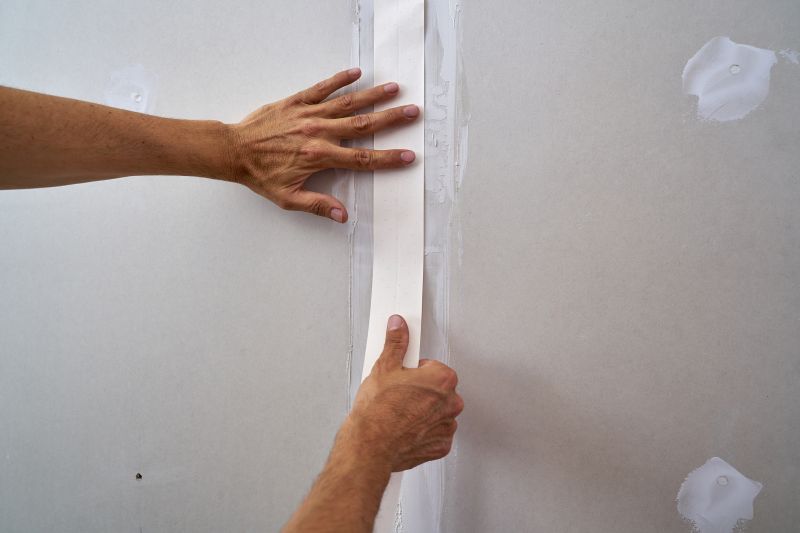
A frequent mistake in Wallpaper Installations and how to dodge it.

Small tweaks to make Wallpaper Installations safer and easier to use.
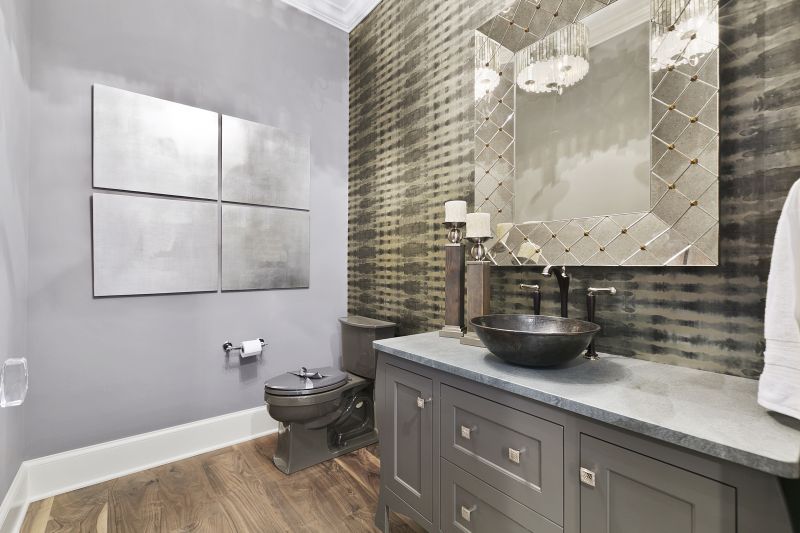
Lower-waste or water-saving choices for Wallpaper Installations.
| Season | Advantages |
|---|---|
| Spring | Moderate temperatures and humidity, ideal for adhesion. |
| Fall | Stable weather conditions, less extreme temperatures. |
| Summer | Potential issues with high heat and humidity. |
| Winter | Cold temperatures can hinder adhesive curing. |
